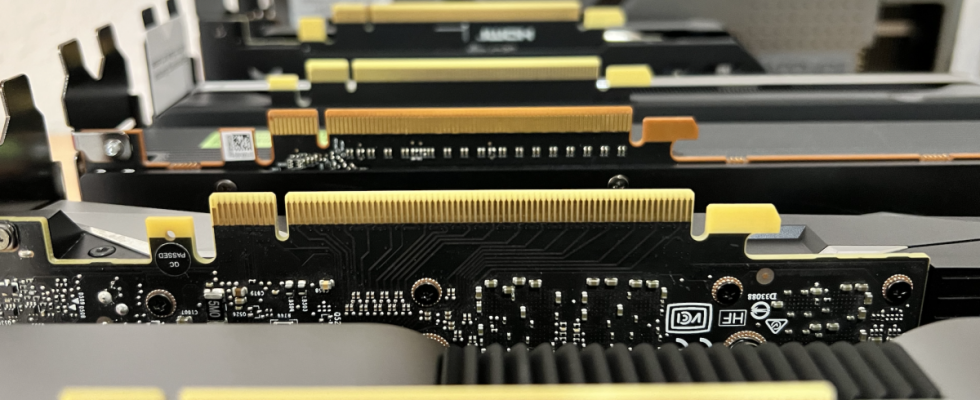Especially when buying mainboards and SSDs PCI Express much advertised. The latest Intel and AMD mainboards usually support a mixture of PCI Express 4.0 and 5.0, depending on the configuration. There are even three versions of SSDs in circulation, because PCI Express 3.0 SSDs are still being produced and sold. The low purchase price and the low power consumption sometimes make them attractive for price-conscious customers.
When the interface found its way into the first home computers in 2004, apart from the server area, it was only hotly debated among graphics card enthusiasts who had to find the best time to switch, because PCI Express replaced the AGP connection for graphics cards at the time. Only in the years that followed did other expansion cards also use the successor to the PCI interface.
Between the first graphics cards in 2004 and the introduction of the AMD Radeon HD 7000 graphics cards with PCI Express 3.0 in 2011, the throughput rate of an x16 slot has increased from four gigabytes per second to almost 16 GB/s. And then nothing happened for many years, the PCI Express version was rarely a big issue between 2011 and 2019.
Why is the version now important again?
When speaking of the width of the PCI Express interface, the number of connections (lanes) is meant. For example, PCI Express x16 has 16 paired connections. In pairs because multiple wires can be used to send and receive at the same time per connection. You can also imagine this visually, after all, the connection of an x16 card is actually wider (longer) than that of cards with fewer lanes.
Especially after PCI-Express 3.0, there was no new version on desktop platforms for end users for about eight years. During this period, NVMe SSDs have established themselves, which have to make do with four lanes in the M.2 format. In 2012, SATA was still the standard for mass storage, but the connection has now been almost completely replaced by NVMe and thus PCI Express. Due to the narrow connection, they are primarily dependent on higher speeds for a high sequential transmission rate.

